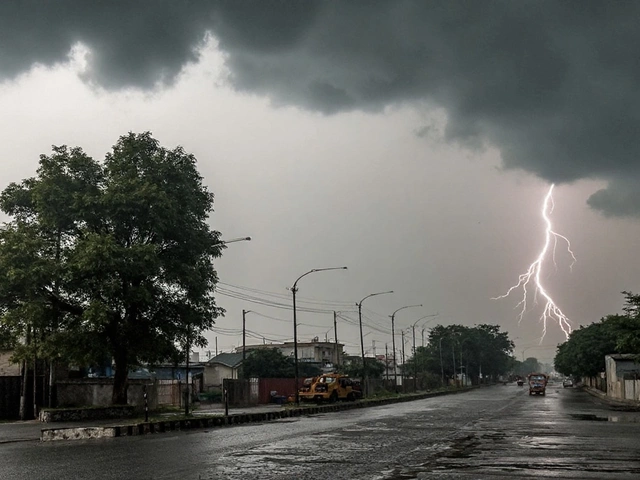How Delayed Hepatitis Treatment Leads to Deadly Outcomes in India
When hepatitis infections go untreated, the numbers quietly stack up against patients—more cirrhosis, more liver cancer, and way more lives cut short. In India, the National Viral Hepatitis Control Program (NVHCP) has been racing to change this since its launch in 2018. But for too many, the treatment clock starts ticking late.
Hepatitis B and C might sound rare if you look at national stats—just 0.85% and 0.29% rates respectively. But with a population as vast as India’s, that still means millions are at risk. And the worst part? Most people infected don’t show symptoms early on, so the virus keeps on damaging their livers beneath the surface. Waiting to treat these silent infections is what sets the stage for bigger problems down the line.
Here’s where things get especially concerning: Up to a third of folks with untreated hepatitis B or C will develop cirrhosis, which means their liver gradually hardens and loses function. And for those living with chronic hepatitis B? The threat of developing hepatocellular carcinoma (that’s liver cancer) multiplies up to 100 times.
The Fast-Track Solutions: From Vaccines to Free Treatment
Tackling this problem isn’t just about giving out medicine. It takes a multi-step approach. The NVHCP’s main weapons are universal hepatitis B vaccination—starting right at birth—and making sure newborns complete their vaccine boosters on schedule. This single step has already driven down mother-to-child transmission, which used to be a huge problem.
Screening is another big part of the picture. Pregnant women, high-risk groups like people who inject drugs, people in prisons, and migrants are now in the program’s spotlight. Free testing helps spot infections early, before patients even know they’re sick. It’s also a game-changer for people who can’t afford private tests or antivirals out-of-pocket. NVHCP clinics now offer no-cost diagnostics and antiviral therapies, especially the newer direct-acting antivirals for hepatitis C, which can completely clear the virus from the body in a matter of weeks.
But getting these services to every corner of India isn’t easy. Many at-risk groups face legal or cultural barriers to accessing public health care, which means they’re more likely to start treatment late, or not at all. And sometimes, even with programs offering free care, lack of awareness or fear of discrimination keeps people away.
Campaigns like World Hepatitis Day, with themes such as “One life, one liver,” are making noise nationwide, reminding everyone that the fight against hepatitis is far from over. Health activists push for policies that reduce stigma, make screening part of routine checkups, and reach out to the people most likely to slip through the cracks.
India has set ambitious goals: eliminate hepatitis C entirely by 2030, and dramatically cut liver-related deaths. That’ll only happen if diagnosis and treatment become quicker, easier, and stigma-free—for everyone, not just a lucky few.








